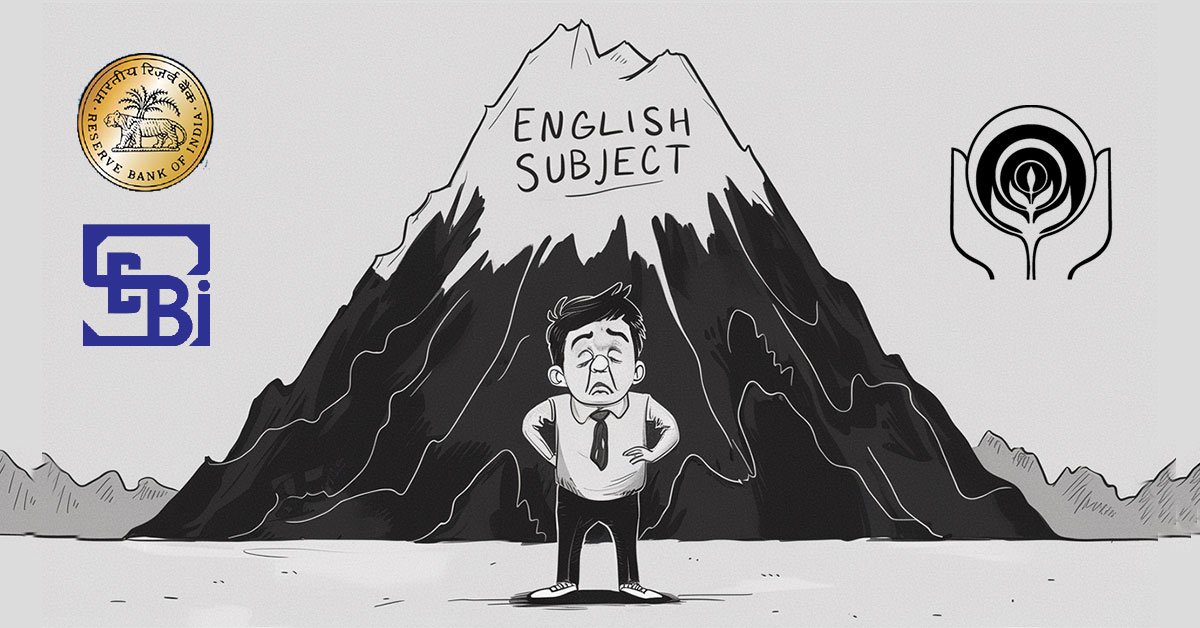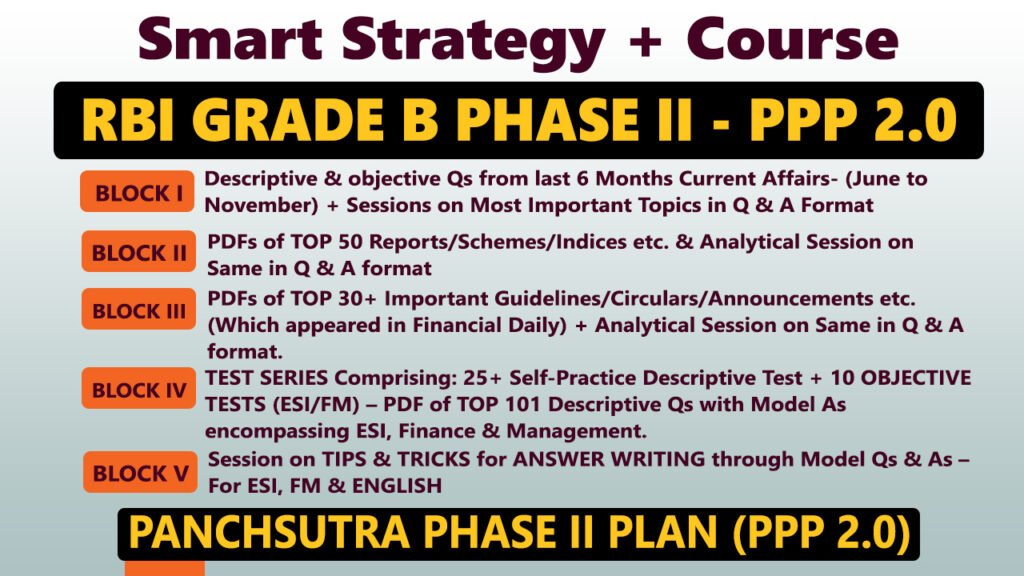Context:
In a significant regulatory action to curb market manipulation, the Securities and Exchange Board of India (SEBI) announced on June 27, 2025, that it had conducted search and seizure operations across multiple locations earlier in the month related to pump and dump schemes in select scrips.
About Pump and Dump Schemes
A “pump and dump” scheme is a market manipulation tactic where fraudsters artificially inflate the price of a stock through misleading or false statements and then sell off their holdings at the inflated prices. This practice is illegal under SEBI’s Prohibition of Fraudulent and Unfair Trade Practices (PFUTP) Regulations in India and similar laws globally.
A pump and dump scheme involves artificially boosting (pumping) the price of a stock through misleading recommendations or information, then selling (dumping) the overvalued shares to retail investors, who suffer losses when prices collapse.
How a Pump and Dump Scheme Works
Pump Phase (Artificial Hype)
- Dissemination of False Information: Fraudsters spread misleading information—often online via emails, social media, WhatsApp groups, forums, or blogs—about a stock’s potential, claiming:
- “Insider tips”
- Major business developments
- Imminent acquisitions or partnerships
- Goal: Generate artificial buying interest and drive up the stock price and trading volume.
Dump Phase (Sudden Sell-Off)
- Selling by Promoters: Once the stock price rises due to the hype, manipulators sell off (dump) their large holdings at inflated prices.
- Investor Losses: As soon as selling pressure increases and promotional activity stops, the stock price crashes, leaving gullible investors with heavy losses.
Regulatory Perspective and Action (SEBI/Global)
- SEBI in India has launched search operations against pump-and-dump rackets (e.g., in June 2025).
- Enforcement tools include investigations, monetary penalties, trading bans, and criminal prosecution.
- Globally, regulators like the SEC (U.S.) and FCA (U.K.) have similar mechanisms to curb such frauds.



















